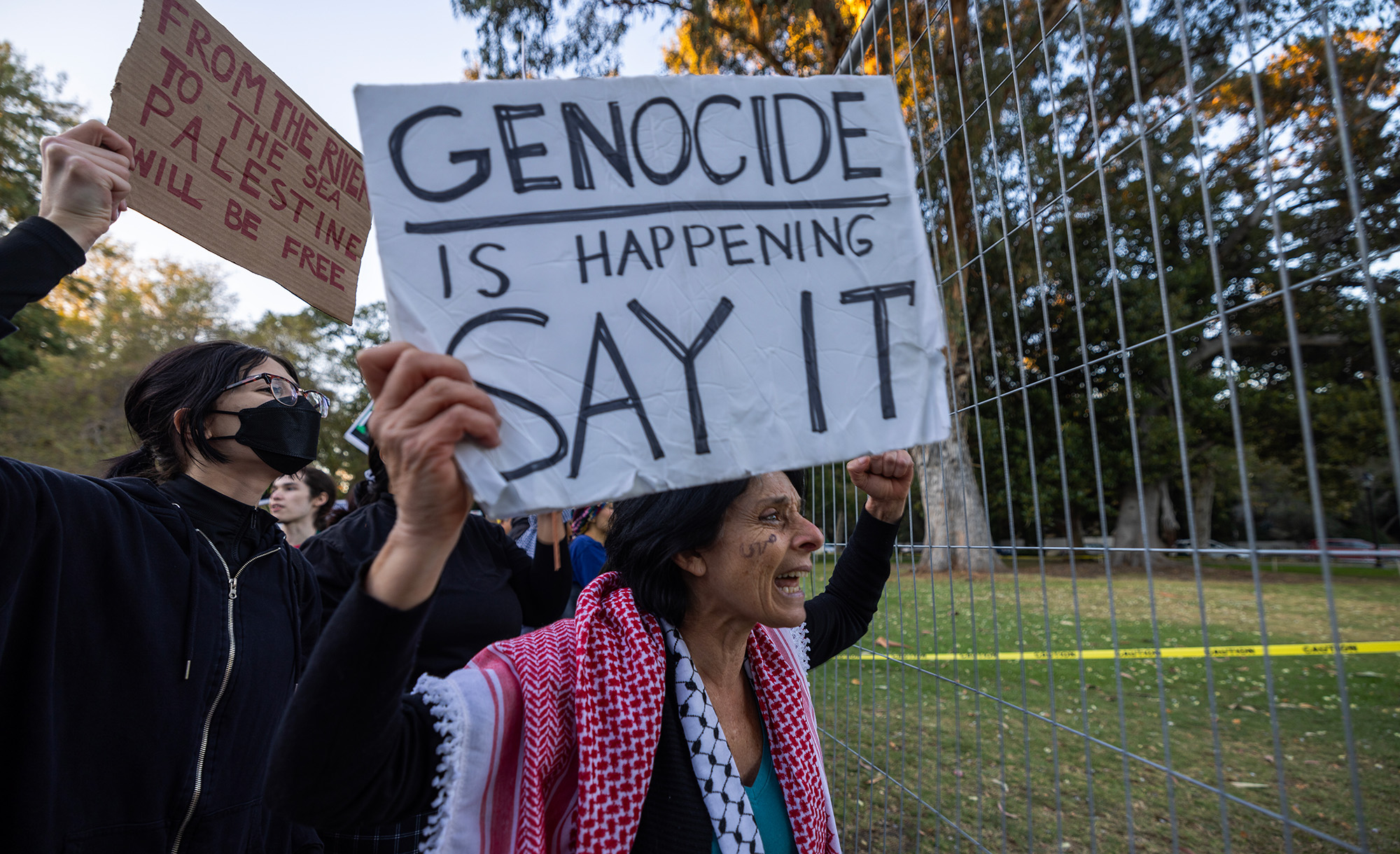In a unanimous decision, America’s highest court ruled in favor of Gerald Groff, requiring that the Post Office accommodate his refusal to work on Sunday, the day on which he observes the Sabbath. Michael A. Helfand explains the ruling’s wide-ranging implications for the accommodation of religion in the workplace:
In Groff, the Supreme Court overhauled the standard for employers: according to the decision, an employer must accommodate a religious employee unless doing so imposes “a burden [that] is substantial in the overall context of an employer’s business.” (Emphasis added.)
Under the new standard, employers who seek to reject such requests will have to demonstrate that granting these religious accommodations would impose substantial costs. Considerations like administrative costs and modest financial expenditures will be insufficient justification for denying such requests. This impact will likely be felt most directly when it comes to requests to accommodate Sabbath observances. The Court’s opinion indicates that employers will have to consider voluntary shift swaps and modest incentives—such as overtime payments—in order to accommodate a Sabbath-observing employee.
Importantly, this will vary significantly by occupation. For example, while a postal worker might reasonably request time off for the Sunday Sabbath, a coach in the NFL, where games are mostly played on Sundays, cannot.
Still, the court’s decision will likely provide long overdue protections to religious employees. . . . Most notably, the decision likely ensures that religious minorities—whose observances are often out of step with the rhythm of the modern workplace—need not cast aside their religious commitments as the price of employment.
More about: American law, Freedom of Religion, Sabbath, Supreme Court


